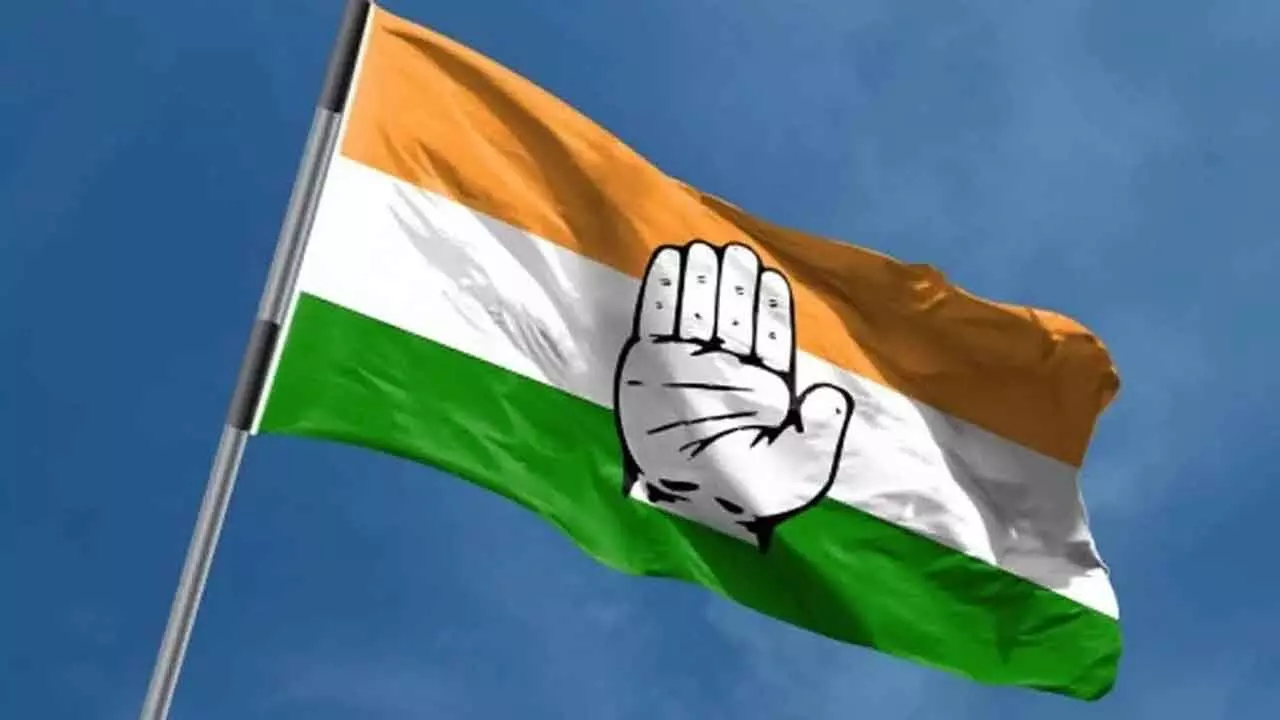Haryana's Power Play: Congress Challenges "Shocking" Tariff Hike Amidst Widespread Protests
Discover how Congress leader Sampat Singh is challenging Haryana's recent electricity tariff hike, sparking widespread protests. Learn about consumer concerns, industrial backlash, and the government's defense in this in-depth report on the escalating power bill crisis
Haryana's Power Play: Congress Challenges "Shocking" Tariff Hike Amidst Widespread Protests

A storm is brewing in Haryana as a recent electricity tariff hike, effective since April, has ignited widespread protests across the state. Leading the charge against what many are calling a "tariff shock" is Sampat Singh, a veteran Congress leader and former Minister, who has formally challenged the revision by filing a review petition with the Haryana Electricity Regulatory Commission (HERC). The move comes as industrial associations, domestic users, and various other consumer categories voice their strong opposition to the increased charges.
The Core of the Complaint: High Costs and Hidden Losses
Professor Singh’s petition calls for a public hearing to address the pressing concerns of consumers, many of whom experienced the full impact of the hike when they received their June electricity bills. At a Chandigarh press conference, Singh didn't mince words, directly questioning the pricing mechanisms of the state’s power utilities.
“The utilities are purchasing 7,964.28 crore units of power at just ₹3.12 per unit, yet they're selling it to consumers at an average rate of ₹7.29 per unit,” he revealed, highlighting a significant disparity.
Singh further elaborated on what he believes are hidden costs being unfairly passed on to consumers. According to his analysis, out of the total power purchased, only 6,916 crore units actually reach consumers, indicating transmission and distribution losses exceeding a staggering 22%. These losses, he argues, are ultimately borne by the public.
He also brought up the Ujwal Discom Assurance Yojana (UDAY), a Haryana government initiative from September 2015 that successfully recovered ₹34,000 crore in liabilities from power utilities. Intriguingly, post-UDAY, the discoms reported a profit of ₹800 crore for the first time in March 2021. Yet, instead of tariff reductions, consumers have seen an increased burden.
Who's Feeling the Pinch?
The tariff hike has hit various consumer segments hard:
Domestic Consumers: Now face new fixed charges ranging from ₹50 to ₹75 per kW, alongside a 25-50% increase in per unit charges. This marks the first time fixed charges have been introduced for domestic users.
Commercial Consumers: Have been adversely affected by the merger of their category with low tension (LT) and high tension (HT) supply. This has led to fixed charges skyrocketing from ₹165 to ₹290 per kVA, and per unit charges climbing from ₹6.65 to ₹6.95.
Professor Singh also criticized the continued application of a 47 paise per unit Fuel Surcharge Adjustment, which was initially slated to end in June 2024. Furthermore, he highlighted the alarming ₹8,000-crore in defaulting dues from approximately 22 lakh consumers, warning that the remaining consumers are indirectly shouldering this financial burden.
Industrial Backlash and Government's Defense
The discontent isn't limited to individual consumers. Several prominent industrial associations, including the Manesar Industries Welfare Association, NCR Chamber of Commerce and Industry, and Bahadurgarh Chamber of Commerce and Industry, have independently appealed to Power Minister Anil Vij and Chief Minister Nayab Saini for a rollback of the tariff hike. They contend that the increase represents an "additional financial burden" on micro, small, and medium enterprises, potentially hindering their growth.
In response, Power Minister Anil Vij has defended the tariff revision, claiming that around 94% of Haryana’s electricity consumers fall under Category-I (connected load up to 2 kW and monthly consumption up to 100 units) and Category-II (connected load up to 5 kW), and that most of their bills have actually decreased. He also emphasized that agricultural consumers have seen no change in their electricity tariffs.
For HT consumers, Vij stated that the tariff revision from 2024-25 to 2025-26 shows a moderate increase of 7% to 10% depending on load and consumption. Similarly, he noted that the increase in the LT category among various consumers is relatively moderate, ranging from 4% to 7%.
The Minister concluded by asserting that Haryana's electricity tariffs are significantly lower than those in neighboring states for both LT and HT consumer categories, positioning Haryana as a more cost-effective option. He pointed to neighboring states where fixed charges can reach up to ₹450 per kW for LT and ₹475 per kW for HT categories, with energy charges climbing to ₹8.95 per unit for LT and ₹7.75 per unit for HT categories.

